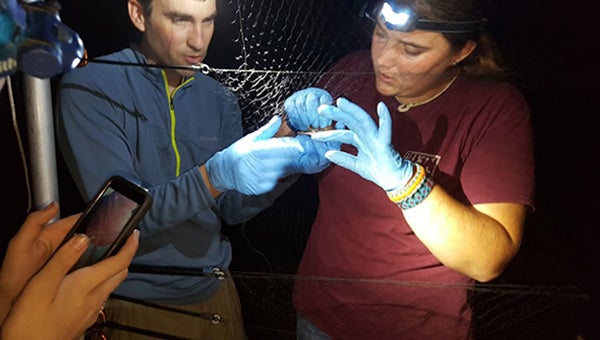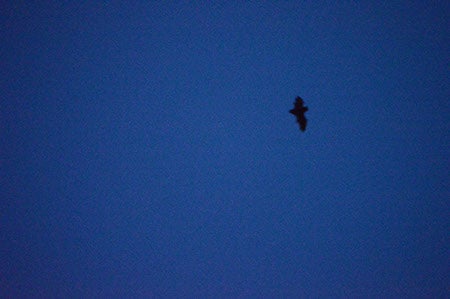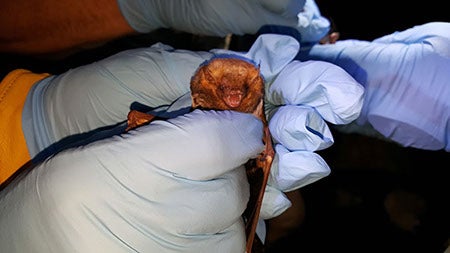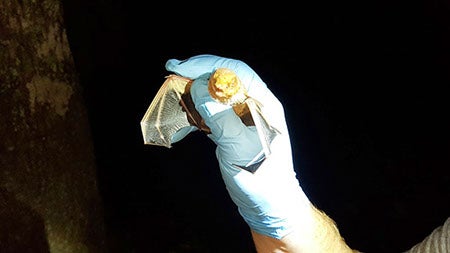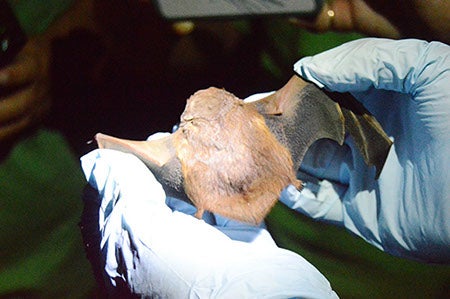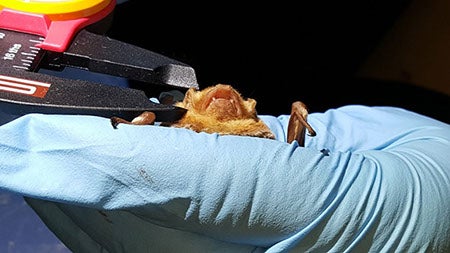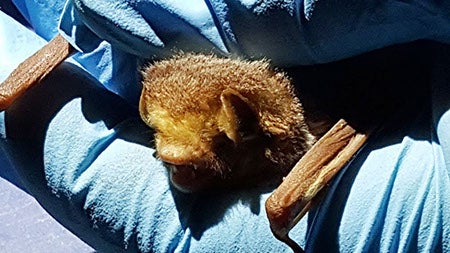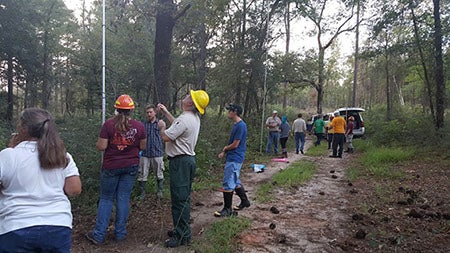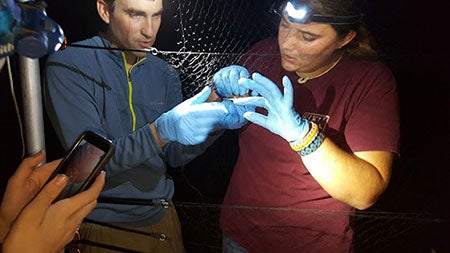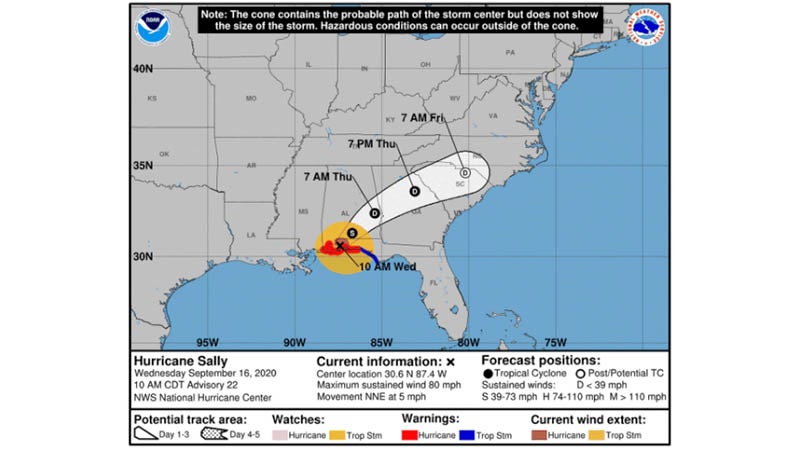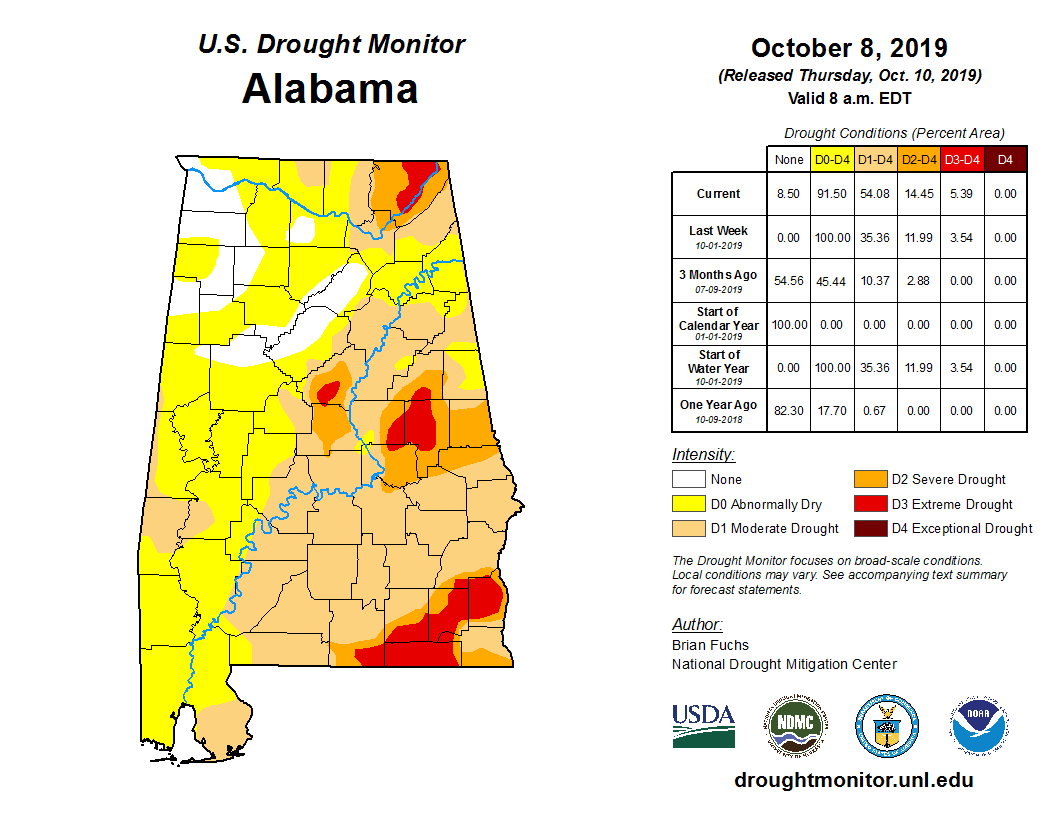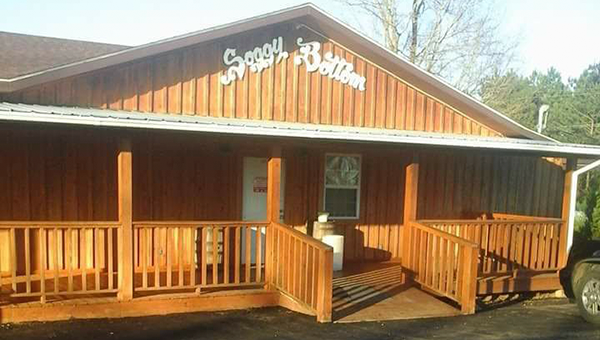Group launches bat blitz in Conecuh [with gallery]
Published 12:05 am Saturday, August 8, 2015
Because there hasn’t been much research done on bats native to south Alabama, members of the Alabama Bat Working Group are doing a three-day study of the bats that inhabit the Conecuh National Forest to gain a better understanding.
The ABWG is a group of several different individuals, organizations and agencies interested in conserving the state’s bat species. Wildlife biologist Allison Cochran said the group was formed in 2009 to help learn more about Alabama’s bat populations. Within the ABWG, there is also a special committee called the White-Nose Syndrome (WNS) Management Team formed to develop a management strategy for fungal pathogen and its deadly effects. Cochran said that WNS is only known to affect bat species that are cave dwellers.
WNS is extremely detrimental to the bat population, killing up to 100 percent of hibernating bats in some caves in the Northeast and has been spreading rapidly south since 2006. It has been discovered in parts of north Alabama, but so far there have been no documented cases in south Alabama.
Conecuh National Forest wildlife biologist Steve Johnson said that there hasn’t been any extensive research done on the bats that inhabit the national forest, so they teamed up with ABWG to do an intensive survey of the area’s bat population.
“For Steve to do this on his own, it would take him months, if not years to do,” Cochran said. “So we came down to lend a helping hand, and with the amount of people we have, we can do an intensive survey in just a short amount of time. We call these bat blitzes.”
The ABWG’s main goal is bat conservation, Cochran said, but another important goal for the group is networking with other individuals that are interested in the conservation efforts.
“It’s a really good opportunity to work with others in the field and to share experiences, techniques and provide training,” Cochran said.
On Thursday night, several groups with ABWG set up mist nets to in order to catch the bats, and study them.
Mist netting is when a large net is set up between poles that go as high as 30 feet in the air. They are called mist nets because they are nearly invisible to the eye. The nets are very light to help avoid injuring the bats that become entrapped.
After a bat was caught, it was quickly removed from the netting by the individuals who were trained in handling bats, and had up-to-date rabies vaccinations.
Once out of the nets, members of the AWBG would then take measurements of the bat’s forearms and its ears. They would also weigh the bats, determine the sex, age, if they were sexually active, determine species and check the general health of the bat’s wings. After all that is completed, the bats are then released back in the same area.
This time of year, WNS doesn’t show symptoms, but wing damage would show that bat suffered from the disease during the winter months said Cochran None were discovered to have WNS during Thursday’s bat blitz.
During Thursday night’s blitz, there were around 20 bats caught, and four different species of bats. The species included several Seminole, Eastern Red, Evening and one Tri-colored bat. The Tri-colored bat was the only cave dwelling bat that was caught, and it was tagged and released because it had no signs that it had been infected with WNS.
The ABWG will continue their search efforts through the weekend, and will be placing harp nets near cave entrances to determine a rough estimate of the number of cave dwelling bats in the area.


